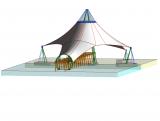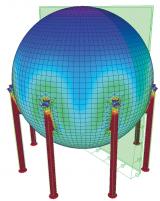sen.01 - Modelling of surfaces
- Kód modulu sen.01
-
Softvér
- SCIA Engineer
-
Zahrnuté v edícii
- Concept,
- Professional,
- Expert,
- Ultimate
- Kategória Modelling
- Licencia Trvalé






